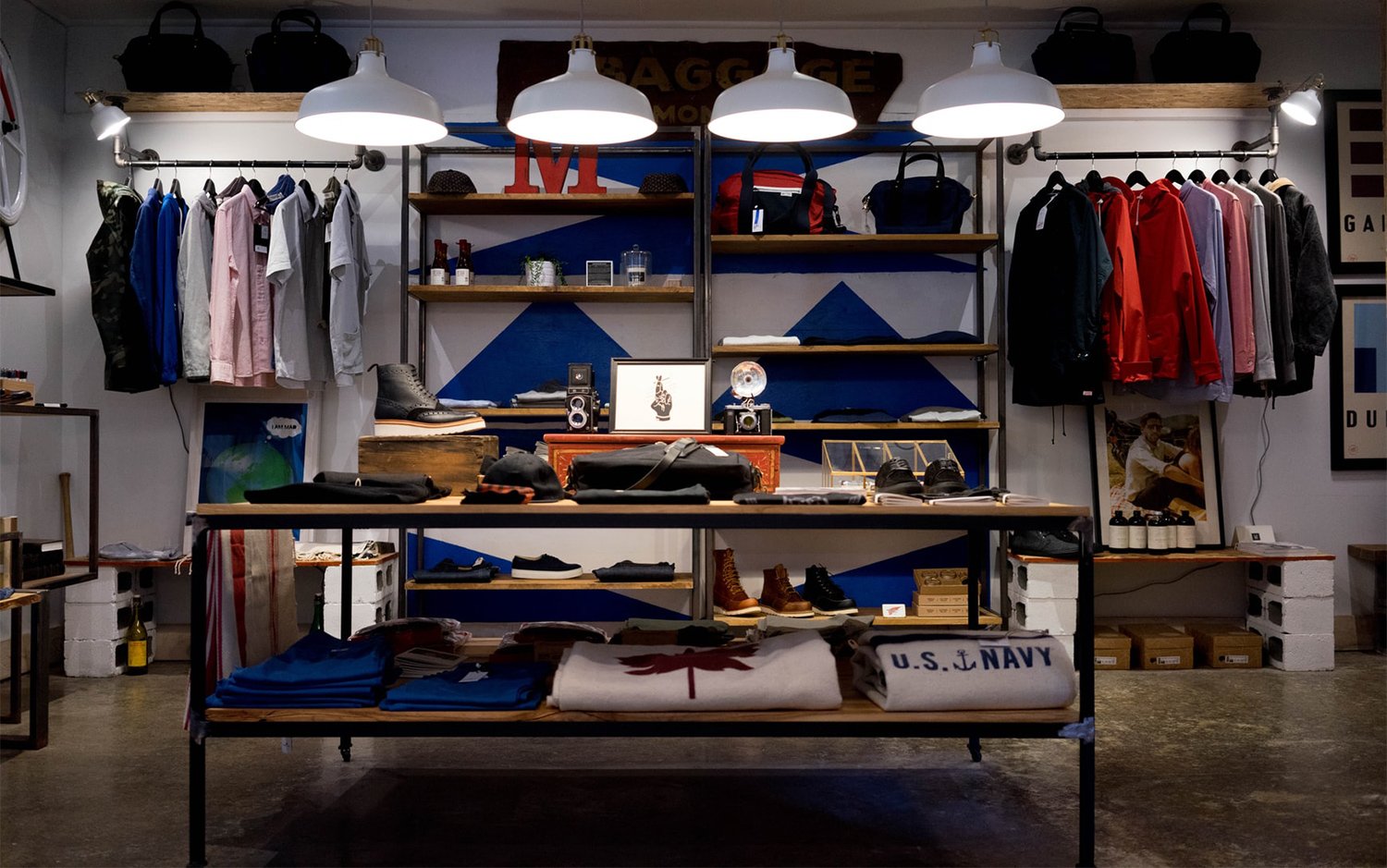Table of Contents
Opening a shop is the dream of many. It’s about being your own boss, as well as being entrepreneurial and taking on some financial risks.
But it’s hard to know where to start and what financial commitments are involved in opening a shop.
This guide will help you get an idea of how much it costs to open a shop, as well as the latest trends that can serve as inspiration for your future business.
Opening a shop: what you need
Before thinking about how much it costs, you need to have a good idea. There are many types of shops and products out there, and a good number of these are related to current trends. For example, at the turn of the century, the explosion of the mobile phone market saw a boom in shops selling these devices, but sales of these products have since shifted online. As a result, many mobile phone shops have turned into places that now mainly sell phone contracts for different providers, as well as accessories and the biggest smartphone brands.

Everything depends on market demand, so you need to carefully choose the product you want to sell. But that’s not all. A shop’s location plays a key role: for example, a stationer’s opposite or near a school will offer greater growth potential than one on the outskirts of town, for obvious reasons.
You therefore need to research the local market, choose the product or products that you want to sell and select the location of your business wisely.
How much it costs to open a shop
Obviously, the costs of opening a shop will vary depending on the type of business, the size and location of the premises, and the town or city. The costs to consider include:
- Business rates
- Rent or mortgage payments
- Purchasing inventory
- Utilities like gas, water and electricity
- POS for electronic payments
- Accountancy fees
- Insurance (fire, theft etc.)

Of course, different businesses and premises have different costs, but roughly speaking, you might spend £15–20,000 to open a small shop and at least £50,000 for a bigger store.
Ideas for opening an original shop in 2022 and beyond
You can open all sorts of bricks-and-mortar shops selling anything and everything. However, you should always keep an eye on current trends, and the types of goods that offer long-term potential. Here’s few examples:
- Vape shop: opening this type of shop would tap into a trend that has grown quickly in recent years and shows no sign of slowing down.
- Automated shop: more and more of shops are popping up around the country with just vending machines inside selling pre-packaged food and other goods.
- Pet shop: more and more people have pets at home these days, which of course means they need to buy food and other products for their animals. You could keep it niche by just selling pet accessories.
- PPE shop: the pandemic has led to exponential growth in the consumption of personal protective equipment (PPE), especially face masks. So one promising idea is a shop offering a comprehensive range of face masks and other PPE that can’t be found in more general retailers.

- Electric vehicle shop: electric scooters and similar vehicles are taking over our towns and cities. Demand is strong and sustainable transport is sure to remain a hot trend in the years to come.
- Organic shop: nowadays, people are much more discerning about the products they buy. This is driving growth in shops selling only organic food, or cruelty-free organic cosmetics, for example. It’s a trend that’s set to continue.
That concludes our guide on how to open a shop: as we’ve seen, there can be a considerable outlay involved .This means it’s important plan far in advance and pay particular attention to the needs of local consumers. Otherwise, you risk investing in a sector that’s going nowhere.

